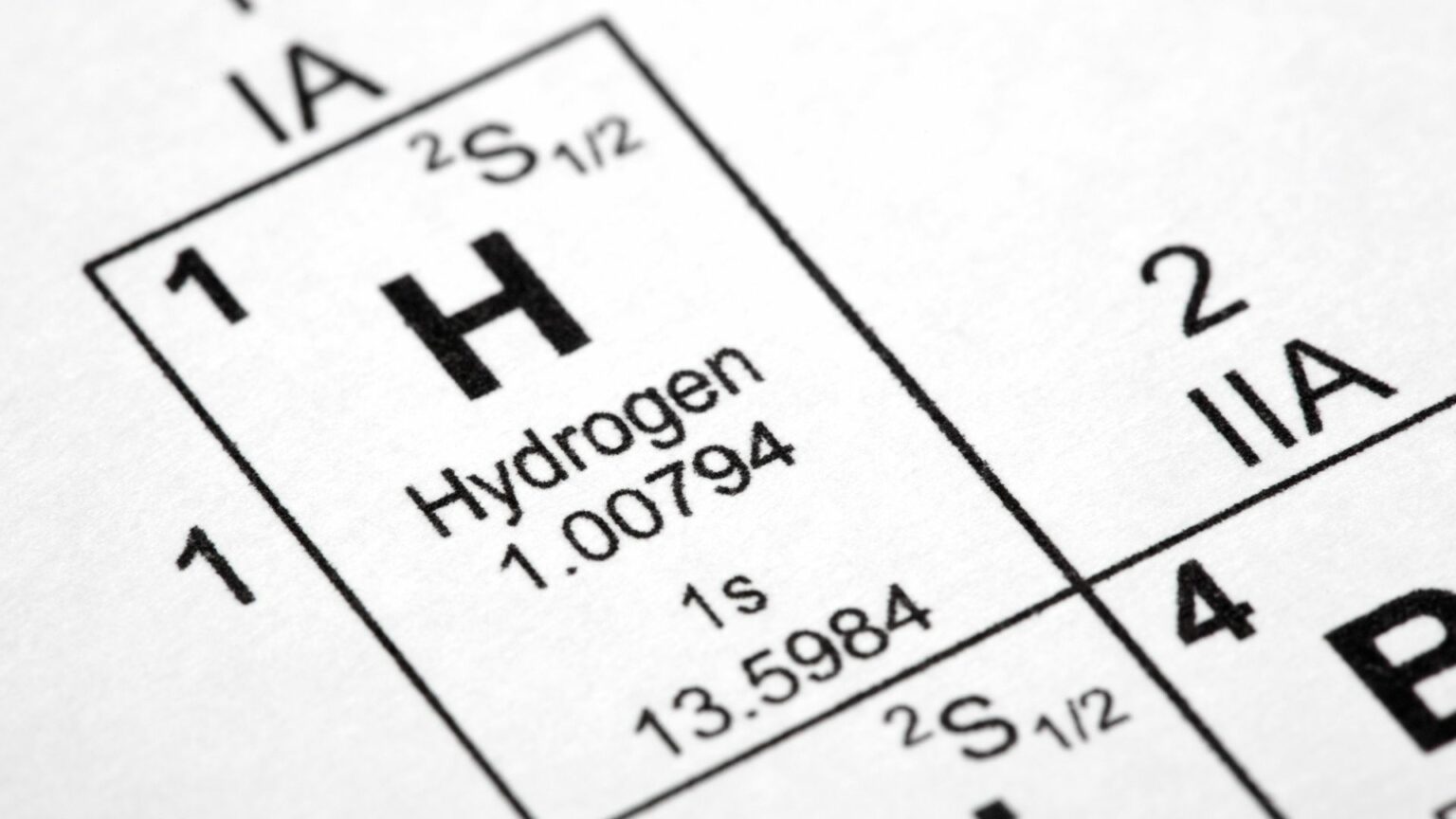A scientific expedition led by scholars from the University of Bologna is underway in Greenland’s Nanortalik village, embarking on a quest to explore geological formations nearly two billion years old in search of natural hydrogen.
This mission is part of the ERC DeepSeep project, funded by the European Research Council, aimed at unraveling the mysteries of geological hydrogen as a potential energy source and its role in early life forms.
Led by Professor Alberto Vitale Brovarone from the University of Bologna, the expedition comprises scientists from the DeepCarbon Lab, University of Bologna, researchers from CNR’s Institute of Geosciences and Georesources, and the University of Copenhagen. Their focus lies on investigating the formation and circulation of natural hydrogen within ancient rock formations of southwestern Greenland.
Natural hydrogen holds dual importance as both a potential clean energy resource and a critical element in hypotheses surrounding early life on Earth. Despite its emerging role in clean energy discussions, scientific understanding of its formation and distribution remains limited. Greenland’s ancient rocks present a unique opportunity for this study due to their age and composition, potentially shedding light on deep Earth processes.
Professor Vitale Brovarone underscores the significance of investigating geological hydrogen, suggesting it could have provided energy for primordial life forms deep within the Earth’s crust. This challenges conventional theories that life originated solely from surface conditions influenced by solar energy. Instead, the expedition hypothesizes that chemical reactions between deep rocks and water, producing hydrogen, could have supported early life forms before they migrated to the Earth’s surface.
The overarching goal of the ERC DeepSeep project is to explore the abiotic genesis of light hydrocarbons, such as methane, alongside natural hydrogen. This research focuses on interactions between deep-seated rocks and geological fluids within the Earth’s crust, emphasizing regions like Greenland, the Alps, Mongolia, and North America where ancient geological history is exposed by tectonic forces.
